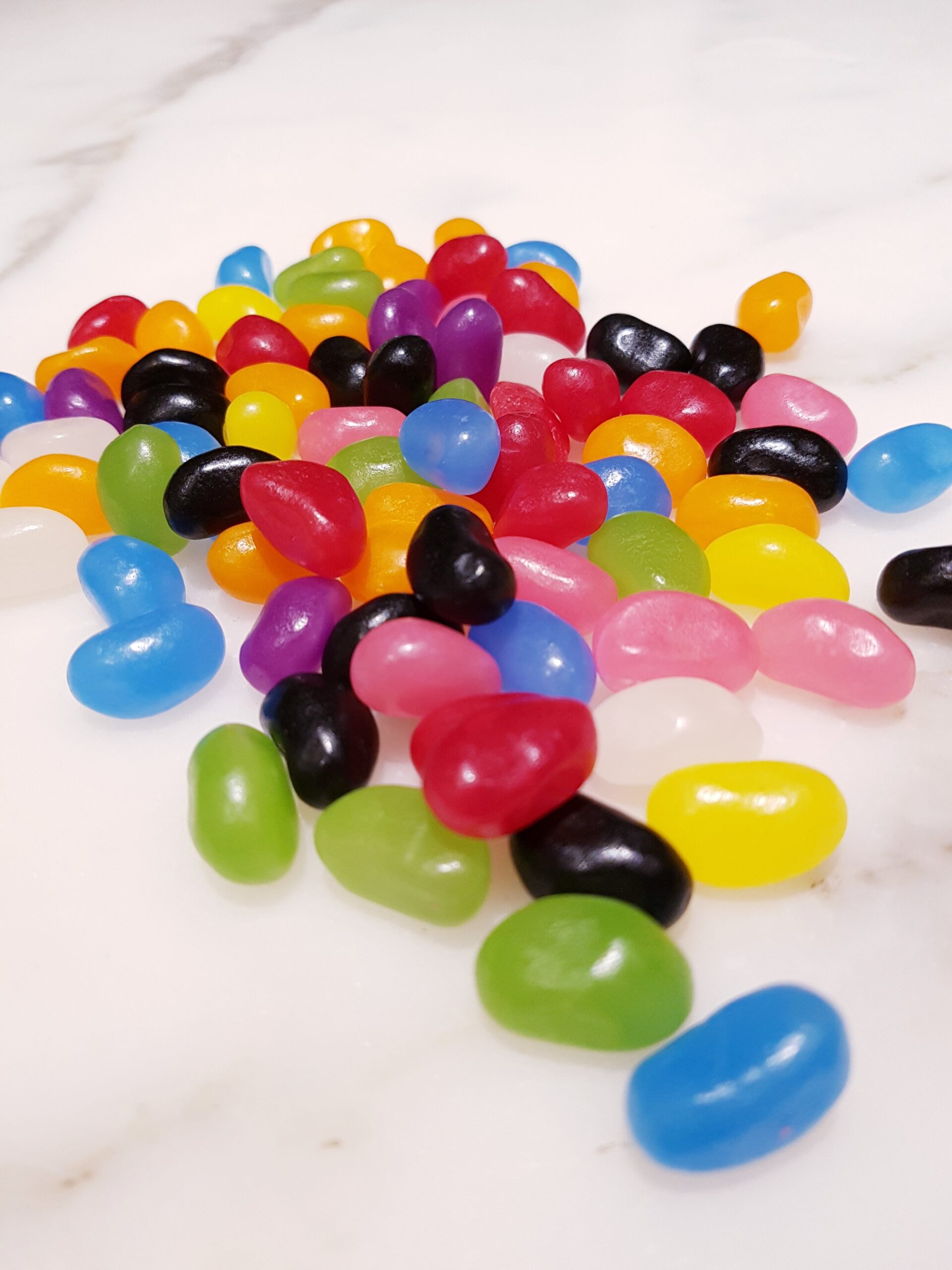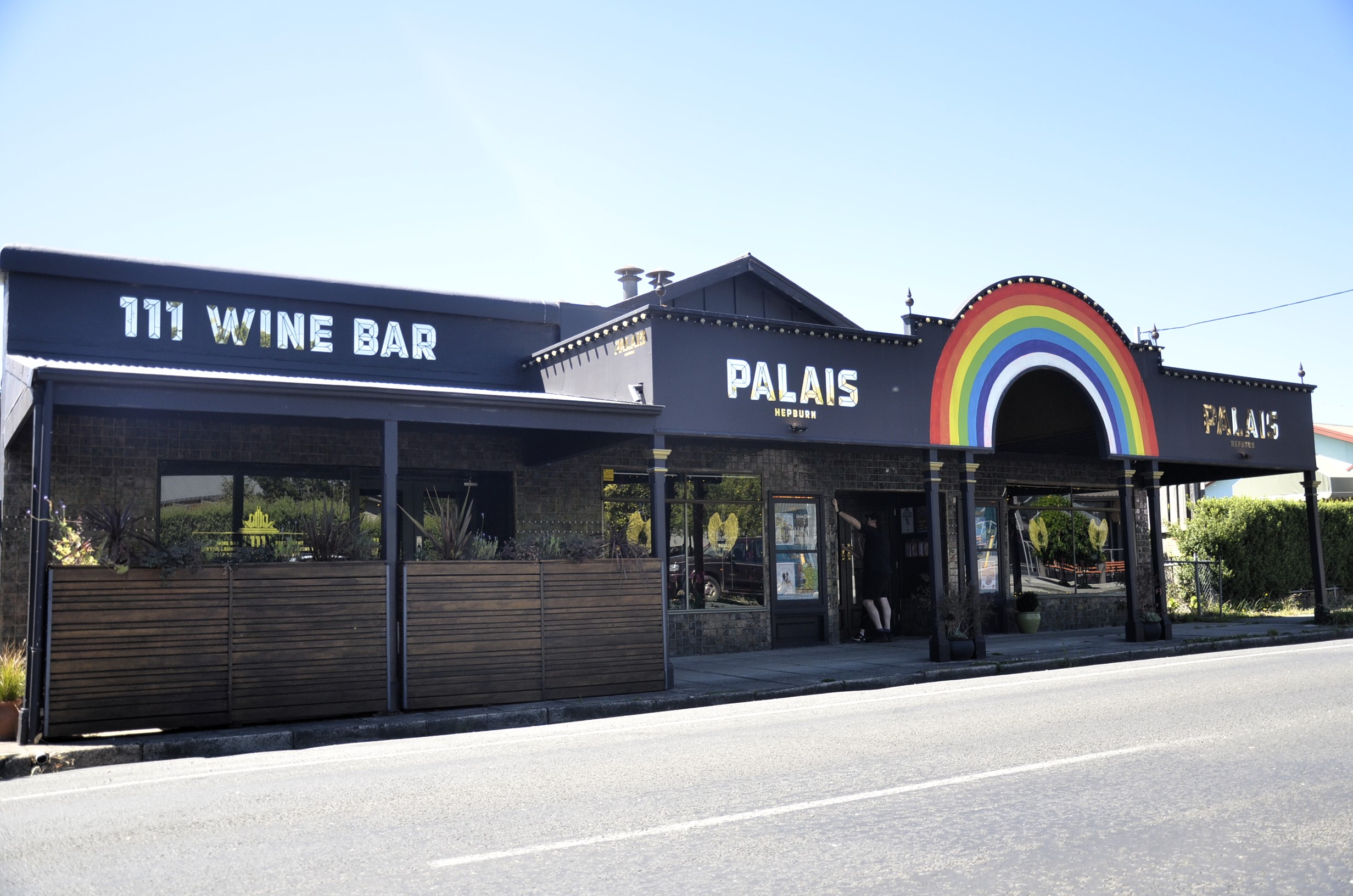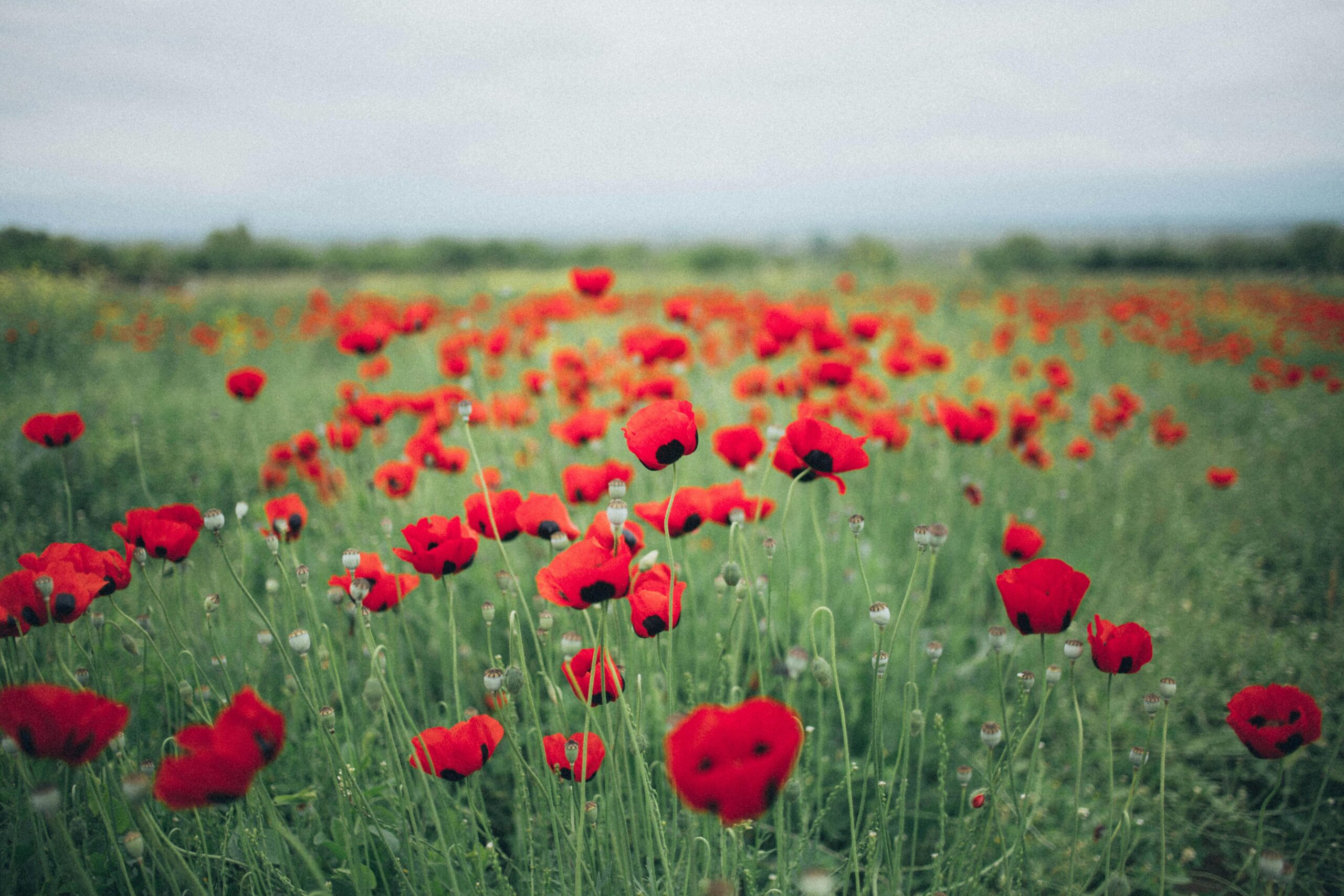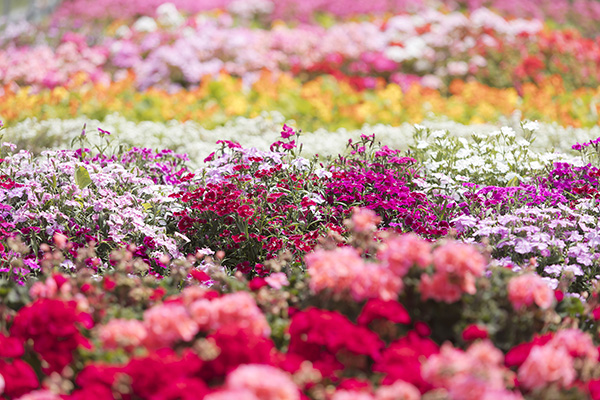November 4th, 2020Design with Indre
Lac beetles swarm and feed on lac trees primarily in India and Thailand, the trees are inundated by the tiny beetles who gorge on the sap of the trees. They mate, lay eggs and secrete the resin as protection for the larvae which the larvae then crack to escape, when hatched.
The resin is scraped from the twigs and sold as flakes. When mixed with methylated spirits it can be brushed on as a protective coating.
Shellac has been found to have been used in the Vedic period, about 3000 years ago. Original shellac has survived from that time. Marco Polo’s journeys to the Orient in the late 13th century brought shellac and its by-products to Europe. In the 16th century shellac was found useful as a lacquer for fine furniture and quality musical instruments. Until the 1870s shellac was primarily produced and used to colour silk, leather and cosmetics. Many a masterpiece was painted with and protected by shellac resins, waxes and dyes.
Ironically, the attempt to synthesise this amazing resin developed early plastics. Bakelite was the first manufactured synthetic plastic. It was highly desirable for its non-conductivity, heat resistance and versatility. Unfortunately, we now know how hazardous making Bakelite was, containing formaldehyde, asbestos and other toxic polymers. When Bakelite breaks it still poses a health threat as these particles can become airborne to be inhaled, ingested or directly contacted on the skin.
It was the development of synthetic resin compounds in the early 20th century that led to the demise of shellac’s industrial and architectural dominance.
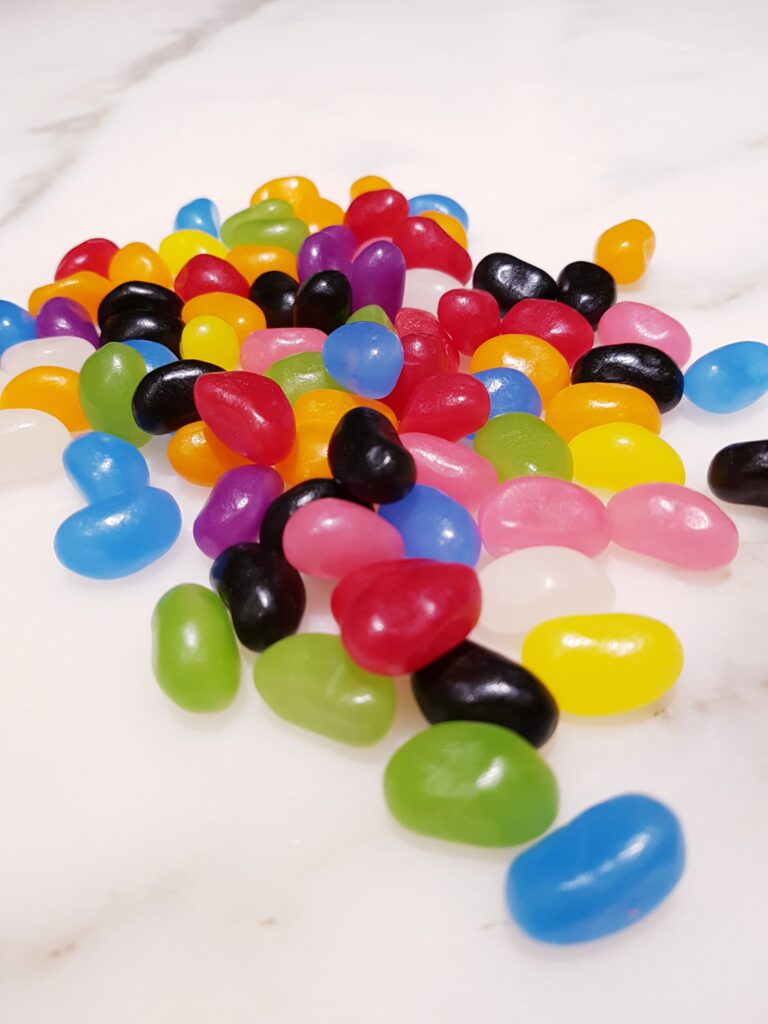
Shellac on the other hand, if discovered today would be hailed as a miracle substance. Not only is it an all-natural, renewable insect by-product, it has a fleeting odour that dissipates quickly.
It naturally comes in colour variants depending on the tree the beetle feeds from i.e. clear, white or orange. It has a fast drying time. Application can happen in cold temperatures. It is non-toxic and hypoallergenic.
Unlike oil-based varnishes, shellac is UV stable. It doesn’t yellow or darken with age. It enhances the beauty of wood grain as well as sealing in stain. The dried film is impervious to odours. Shellac can adhere to wood, paint, glass, ceramics and plastic.
Recoats and touch-ups are possible with cleanup easy. Shellac is dissolved by household ammonia and alcohol.
The only disadvantage I can see is that the natural product has a short shelf life – approximately six months. You can gauge this by the drying time getting longer.
Shellac lends itself to a wide and varied industrial application, including floor polishes, inks, grinding wheels, electrical insulation and leather dressings. It is approved safe to ingest so you may find it interesting to know that it coats lollies and is labelled confectioner’s glaze e.g. jellybeans, plus pharmaceuticals, fruit and children’s furniture.
I know I will be thinking about my lolly coatings next time I feel inclined and also about my furniture coatings. When an oil is not suitable for the project I will more than likely turn to shellac. The long forgotten, natural product that I am thankful I have been reacquainted with.
Indre Kisonas – owner and principal designer – iok design
indre@iokdesign.com.au | www.iokdesign.com.au


